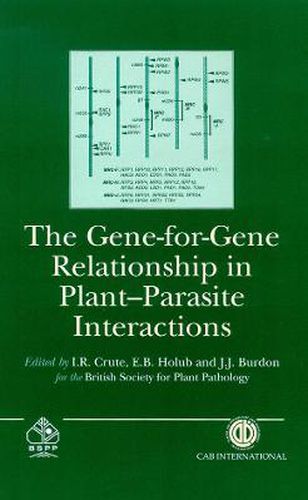Genetics has transformed plant pathology on two occasions: first when Mendelian genetics enabled the discovery that disease resistance was a heritable trait in plants, and secondly when Flor proposed the gene-for-gene hypothesis to explain his observations of plant-parasite interactions, based on his work on flax rust in North Dakota starting in the 1930s. Our knowledge of the genetics of disease resistance and host-pathogen coevolution is now entering a new phase as a result of the cloning of the first resistance genes. This book provides a broad review of developments in this subject. Both agricultural and natural host-pathogen situations are addressed. While most of the book focuses on plant pathology, in the usual sense of the term embracing fungal, bacterial and viral pathogens, there is also consideration of parasitic plants and a chapter demonstrating lessons to be learnt from the mammalian immune system. Three overall themes are addressed: genetic analyses and utilization of resistance; population genetics; and cell biology and molecular genetics. Chapters are based on papers presented at the British Society for Plant Pathology Presidential meeting held in December 1995, but all have been revised and updated to mid-1996. Written by leading authorities from North America, Europe and Australia, the book represents an update for workers in plant genetics, breeding, biotechnology and pathology.
Read More





